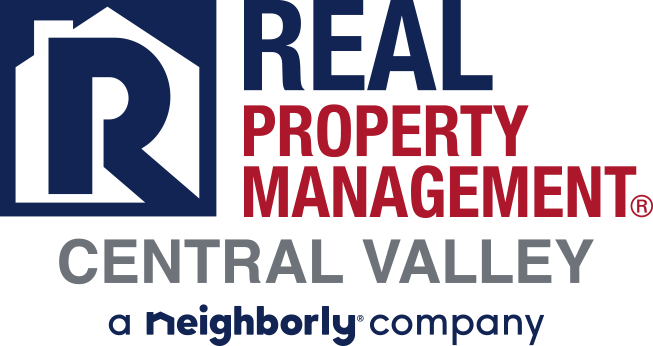Buying a Home With Existing Section 8 Tenants: What Landlords Need To Know

Are you planning on buying a Section 8 investment property that has tenants? If so, you’ve come to the right place!
In this article, we will offer you the tips that you need to know for buying a rental property with Section 8 tenants.
Sales subject to existing leases
Real estate sales take place subject to any existing lease contracts in place. That means that if you buy a property with a tenant who has ten months remaining on their lease term, you are legally required to honor that lease. Assuming, that is, they don’t violate the lease in the meantime.
This rule applies to both market tenants and Section 8 tenants.
Note that you can non-renew tenants on a month-to-month lease. You must still give them proper written notice, usually with a minimum of 30 days’ notice.
Registering change in ownership
The local housing authority (funded by the federal government) pays the majority of the rent for most Section 8 tenants. This means investors need to let not just the tenants know when they buy the property, but also the local housing authority.
Otherwise, they’ll just keep sending rent checks to the old owner.
Before buying a property with existing Section 8 tenants, contact the public housing authority and ask about the process of changing ownership information. They’ll provide you with a change of ownership packet to fill out and return, including documents proving the transfer.
Expect the process to take 30-60 days. You’re working with bureaucrats, after all.
That delay means you must also come to an arrangement with the seller to ensure they pass along any rent received to you in the meantime. Make sure you negotiate the terms of this arrangement before settling. Consider asking the title company to hold money in escrow if you don’t trust the seller to forward the payment.
Inspections
One of the greatest reasons to avoid Section 8 tenants is the annual inspection requirement.
Every year, the local housing authority sends an inspector out to the property. In my personal experience as a Section 8 landlord, I had roughly half a dozen issues written up every year.
When you buy a property with an existing Section 8 tenant, you can expect the annual inspections to continue like clockwork. And you should budget money for them accordingly—regardless of your property’s condition.
Raising the rent
You can’t raise the rent in the middle of a lease term, as the lease agreement survives the sale.
Landlords who want to raise the rent as the lease comes up for renewal must submit a request to the local housing authority. Again, contact them to ask for the proper forms and procedures. Be prepared to send along evidence and rent comps to back up your request. Do some simple market research using free tools like Rentometer, Zillow, and Craigslist.
Don’t be surprised if Section 8 turns you down. Their key consideration is affordability.
Finally, watch out for local caps on rent hikes, particularly in tenant-friendly jurisdictions. For that matter, keep an eye out for rent control laws as well.
Removing Section 8 tenants
Not every landlord likes what they see when they start working with Section 8.
Again, you can’t remove tenants mid-lease unless they’ve violated the lease contract. Even then, expect to jump through more hoops than usual, submitting additional paperwork to the housing authority.
When the lease comes up for renewal, landlords can typically non-renew it. They must give advance written notice, however, both to the tenant and to the local housing authority. Some cities and states make this process difficult, rebranding non-renewals as “no-fault evictions.”
Should you buy a home with Section 8 tenants?
Section 8 comes with its fair share of pros and cons.
On the upside, you get guaranteed on-time rents each month, at least for the government portion. You also tend to see longer-term tenants, less likely to upset the apple cart by moving. That means fewer potential turnovers, and all experienced landlords know turnovers are what cause most expenses and hassles.
These more stable, lower-rent tenancies also offer some protection against recessions.
But the downsides include expensive annual punchout repairs from the inspections, which can cost thousands of dollars every year. And the bureaucracy and red tape can mean rent increase denials, protracted evictions, and other headaches for landlords who accept Section 8 renters.
In tenant-friendly states like Oregon, landlords don’t have a choice and must accept Section 8 vouchers, but investing in tenant-friendly states and cities is a choice in itself. Make your own decision about whether you believe the pros outweigh the cons.
More on Bigger Pockets
Contact RPM Central Valley
For more property management tips, or to speak with us about the services we can offer you, contact us today at (209) 572-2222 or click here to connect with us online.
